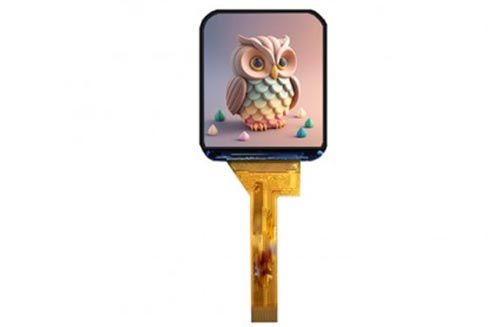Is LED or LCD better for gaming?
Views: 1024 Update date: Mar 13,2024
Both LED (Light Emitting Diode) and LCD (Liquid Crystal Display) are common display technologies used in gaming monitors. LED refers to the backlighting technology, while LCD refers to the display panel itself. In most cases, gaming monitors use LED backlighting combined with an LCD panel.
Here's a breakdown of the pros and cons of each:
Thinner and lighter monitors: LED backlighting allows for thinner and lighter monitor designs.
Better contrast and black levels: LED backlighting can provide better contrast ratios and deeper black levels, enhancing image quality.
Faster response times: LED backlighting can contribute to faster pixel response times, reducing motion blur in fast-paced gaming scenarios.
Wide availability: LCD technology has been around for a long time and is widely available in various sizes and resolutions.
Mature technology: LCD technology has been refined over the years, resulting in reliable and well-established manufacturing processes.
Inferior energy efficiency: CCFL backlighting used in LCD monitors consumes more power compared to LED backlighting.
Potentially slower response times: Some LCD monitors may have slower pixel response times compared to LED monitors, leading to more motion blur in fast-moving scenes.
In conclusion, LED backlighting generally offers better energy efficiency, thinner designs, and potentially better image quality with improved contrast and faster response times, making it preferable for gaming. However, it's essential to consider other factors such as panel technology (e.g., TN, IPS, VA) and specific features (e.g., refresh rate, resolution, adaptive sync) when choosing a gaming monitor.
Here's a breakdown of the pros and cons of each:
LED:
Pros:
Better energy efficiency: LED backlighting typically consumes less power than traditional CCFL (Cold Cathode Fluorescent Lamp) backlighting used in older LCD monitors.Thinner and lighter monitors: LED backlighting allows for thinner and lighter monitor designs.
Better contrast and black levels: LED backlighting can provide better contrast ratios and deeper black levels, enhancing image quality.
Faster response times: LED backlighting can contribute to faster pixel response times, reducing motion blur in fast-paced gaming scenarios.
Cons:
Potential for backlight bleeding: Some LED-backlit monitors may suffer from backlight bleeding, where light leaks through the edges of the display, affecting image quality, especially in dark scenes.Limited color gamut: While newer LED technologies have improved color reproduction, some LED monitors may still have a limited color gamut compared to other display technologies like OLED.
LCD:
Pros:
Lower cost: LCD monitors may be more affordable compared to LED monitors with similar specifications.Wide availability: LCD technology has been around for a long time and is widely available in various sizes and resolutions.
Mature technology: LCD technology has been refined over the years, resulting in reliable and well-established manufacturing processes.
Cons:
Thicker and heavier: LCD monitors tend to be thicker and heavier than LED monitors due to the use of CCFL backlighting.Inferior energy efficiency: CCFL backlighting used in LCD monitors consumes more power compared to LED backlighting.
Potentially slower response times: Some LCD monitors may have slower pixel response times compared to LED monitors, leading to more motion blur in fast-moving scenes.
In conclusion, LED backlighting generally offers better energy efficiency, thinner designs, and potentially better image quality with improved contrast and faster response times, making it preferable for gaming. However, it's essential to consider other factors such as panel technology (e.g., TN, IPS, VA) and specific features (e.g., refresh rate, resolution, adaptive sync) when choosing a gaming monitor.




